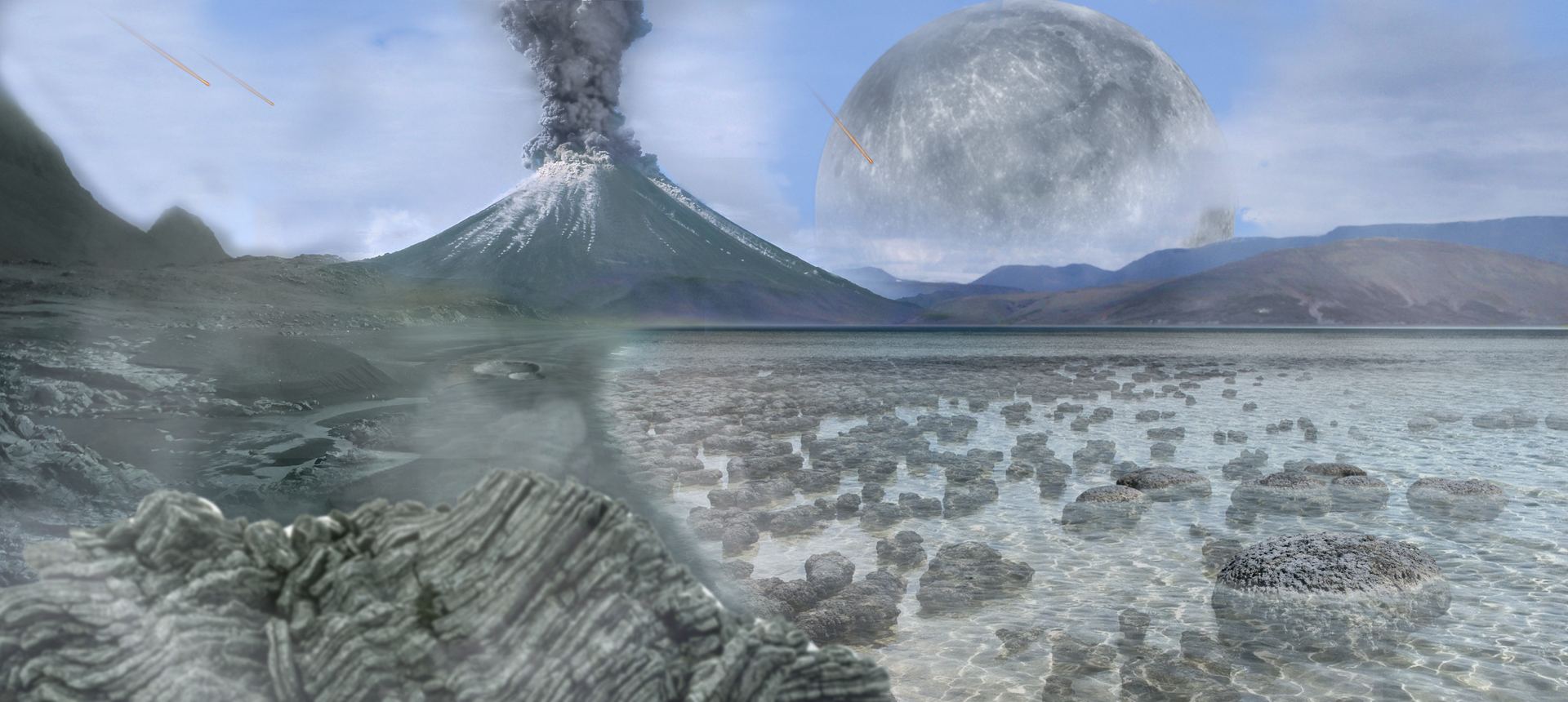The Shift in Exoplanet Research and the Promise of TRAPPIST-1e
The pursuit of exoplanet research has dramatically shifted from mere discovery to a detailed characterization of these distant worlds. With the advent of the James Webb Space Telescope (JWST), astronomers have moved towards analyzing exoplanet atmospheres to detect biosignatures—chemical indicators that could suggest the presence of life. TRAPPIST-1e, one of the several planets in the TRAPPIST-1 system, has become a focal point due to its potential habitability and the intriguing possibility that it may harbor life. This planet, orbiting a red dwarf star, presents unique challenges and opportunities for astrobiological research.

Understanding Biosignatures in the Context of Earth’s History
Scientists are using Earth’s early biosphere as a model to understand potential life signs on planets like TRAPPIST-1e. Early Earth’s atmosphere, dominated by gases like methane and carbon dioxide, supported simple life forms that dramatically altered their environment. By studying how these primitive organisms impacted Earth’s atmosphere, researchers hope to identify similar processes on exoplanets. This approach involves looking for a combination of atmospheric gases that indicate biological rather than purely geological processes, such as the simultaneous presence of methane and carbon dioxide, which on Earth, are typically influenced by biological activity.

Implications for Future Exoplanet Exploration
The exploration of TRAPPIST-1e and its potential for life raises profound questions about the nature and ubiquity of life in the universe. If life does exist on TRAPPIST-1e or similar exoplanets, it is likely to be primitive and microbial, akin to Earth’s organisms during the Archean era. This possibility suggests that while complex life like that on Earth may be rare, simpler forms of life might be more common across the cosmos. Upcoming missions and further observations with JWST and other advanced telescopes will refine our search for life, expanding our understanding not only of where life might exist but also of the diverse forms it might take.
